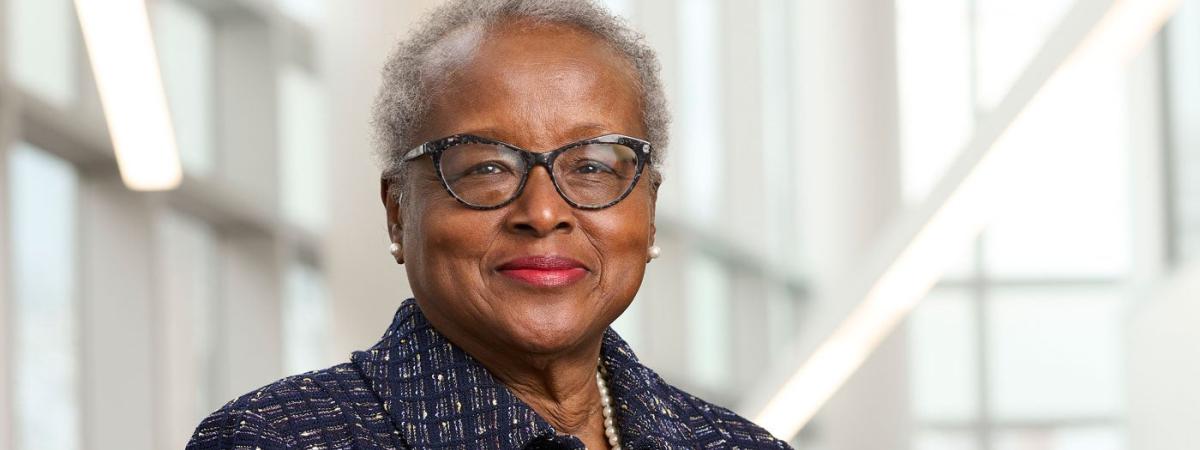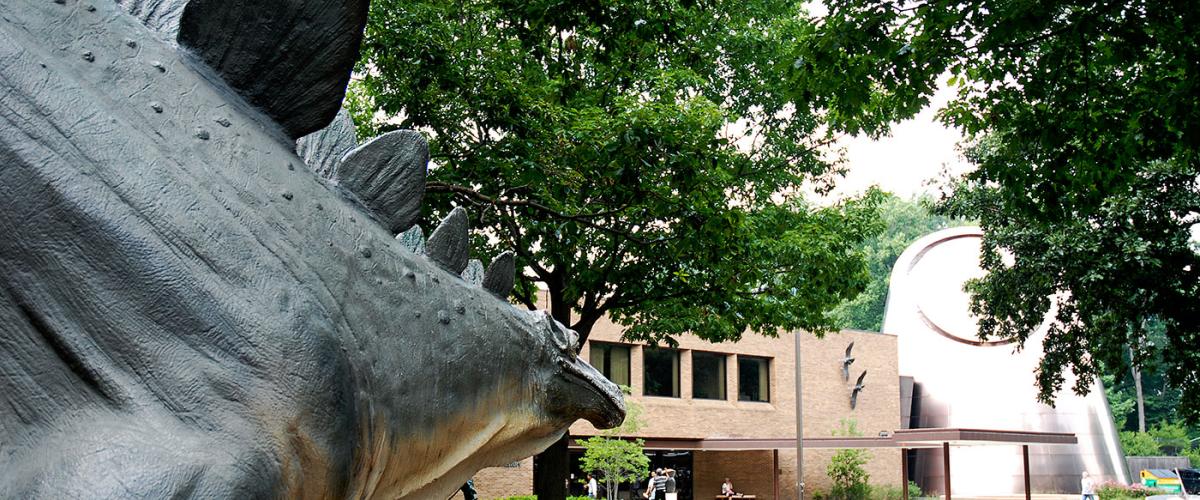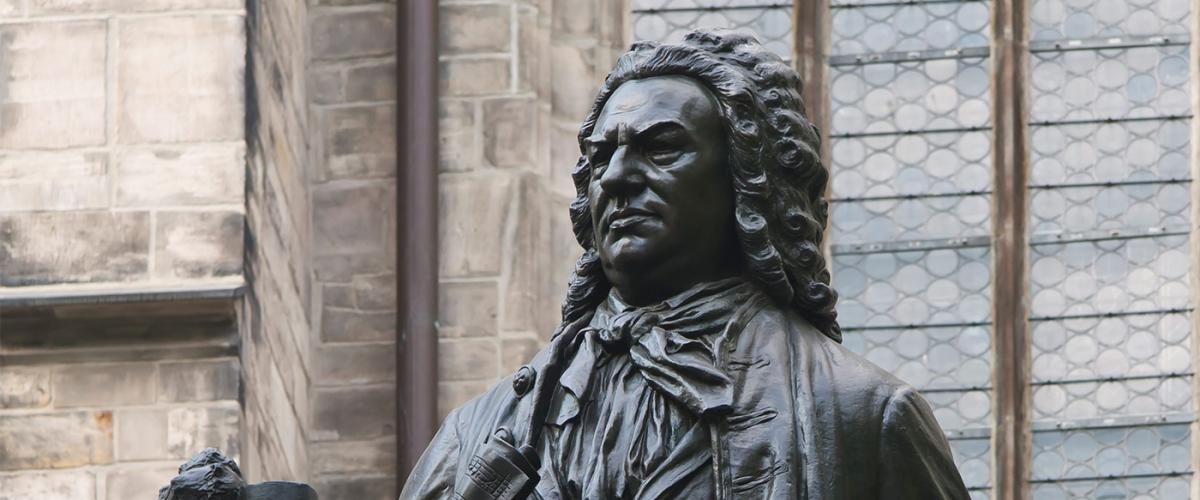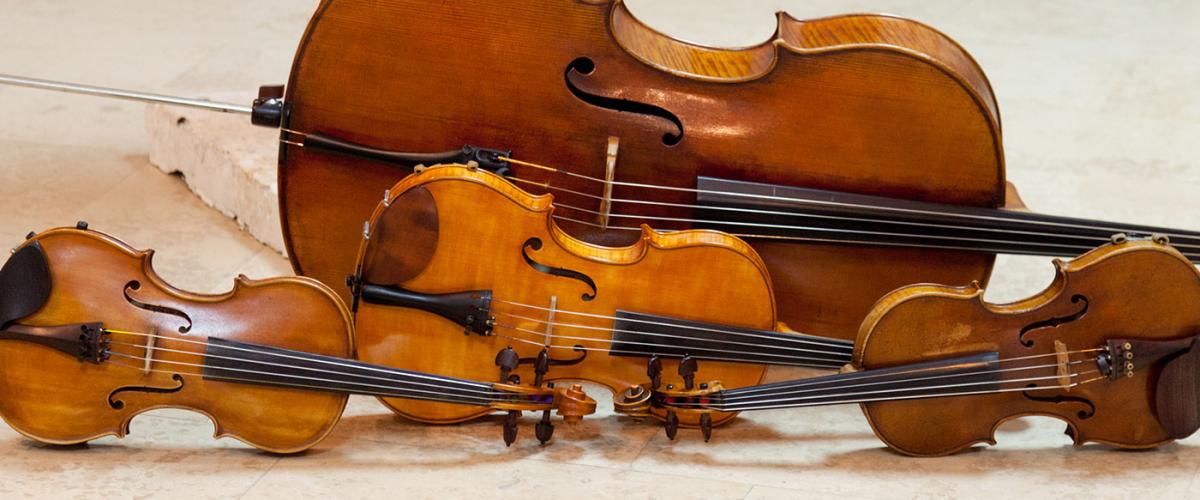Upon visiting the Maltz Museum of Jewish Heritage to explore the new interactive exhibit featuring local activist and civil rights leader Rev. Dr. Otis Moss Jr., you might not realize how the exhibit is connected to Case Western Reserve University.
But this connection helped facilitate one of the exhibit’s most interactive features: The ability to converse with a virtual version of Moss, who answers questions in real-time using artificial intelligence powered by StoryFile.
Sharon Milligan, an associate professor at the Jack, Joseph and Morton Mandel School of Applied Social Sciences, was instrumental in the project, interviewing Moss to lay the groundwork for the museum’s new permanent exhibit. An avid reader of history, Milligan is hopeful exhibits like this one can make it possible to better learn lessons from our past.
A community’s history
Milligan’s passion for history was sparked during her undergraduate years at Spelman College. As a biology major who changed her major to history, she was drawn to understand the civil rights struggle and the experience of enslaved people in the United States. As her ancestors taught her, she discovered the struggle did not start in the 1960s, but instead was part of the life of Blacks in the Americas.
“We have to be hopeful and move things forward and educate the next generation,” said Milligan, who has worked at the Mandel School for more than 40 years. In social work, she explained, history is an important context for clinical/direct practice and community practice.
“From the very beginning [of my social work teaching career], I've had the opportunity to teach social welfare history and policy,” she said.
At Case Western Reserve, her research has largely focused on how social issues impact healthcare, especially as it relates to race and ethnicity. These issues have also had a historical context. Working with researchers at the School of Medicine and the Mandel School, Milligan has explored joint pain and ethnicity, and hypertension and kidney disease in African Americans.
But a key part of her research success has involved engaging with members of the community to gain knowledge about the issues facing members of what some would call under-resourced communities. In addition, she has volunteered to conduct oral histories for a few churches in the Fairfax community to understand narratives around social well-being in neighborhoods and within families who migrated to Cleveland during the Great Migration.
“These oral history projects were a great way to get to know people in a neighborhood,” Milligan said. “The work I do is definitely community-facing. Community members have educated me when I misunderstand their narrative as well.”
A meeting in the making
When it came time for the Maltz Museum to choose someone to develop content for the artificial intelligence interviews with Moss for the exhibit, Milligan came strongly recommended. Having never worked with artificial intelligence, Milligan wasn’t sure she was the best fit and suggested many other people, but the museum was adamant she was the right one for the project.
She ultimately agreed. And when she sat down with Moss to prepare for the project, it also was a chance to catch up. Early in Milligan’s career, she’d briefly worked with Moss on a community needs assessment and the pair were also connected by their alma maters, Spelman College and Morehouse College—sister and brother historically Black colleges in Atlanta, though they attended at different times.
Milligan helped formulate the questions for Moss’ interview, taking him back through his life. Questions addressed his upbringing, his experiences during the Civil Rights Movement, voters’ rights and hopes for future generations.
Now, Milligan looks forward to seeing others engage with the exhibit, especially young people like her 12-year-old grandson.
“It has been a joy to be affiliated with an effort that will have a lasting impact on generations of people,” Milligan said.
Want to see for yourself? The exhibit is open at the Maltz Museum (2929 Richmond Road, Beachwood) Thursdays at 2 p.m. and the second and fourth Sundays of the month at 2 p.m. But before you head over, make sure to read Milligan’s answers to our five questions.
1. What are you listening to, watching or reading that you’d suggest others check out?
I’m a member of two book clubs—one on campus and one off campus. Reading is a form of resistance in the continuing saga of restricting what people can read and learn about the history of this country. One book that I’m really excited about is All That She Carried: The Journey of Ashley's Sack, a Black Family Keepsake by Tiya Miles, which won the 2022 Anisfield Wolf Book Award. This award ceremony was on campus at the Maltz Performing Arts Center.
What I like about the book is it documents black love in the midst of the harsh times. Tiya Miles, through a sack, communicates and connects three generations of Black women to people of today.
The sack documents the love of a mother who creates a sack with an inscription in red embroidery: It is filled with my love always. Rose gave the sack to Ashley (9 years old) as she was being prepared to be sold to another slave owner.
So many artifacts of enslavement are shackles and other types of brutal tools of the slave masters. Few books tell the story of enslaved women. As I read Miles’ book, my mind was flooded with the notion of what is Black women’s art? This sack, like other handicrafts, have not always been seen as art. Who decides what is art?
I [also] just bought The Love Songs of W.E.B. Du Bois by Honoree Fanonne Jeffers.
2. What is the most memorable life lesson you’ve learned?
My high school motto was “Perseverance is the key.” As I work with students and as I work within the frustration of recurring historical events, I just always say to myself with great conviction that “perseverance is the key.” We have to continue to teach the history of people in this country and instill hope for future generations.
I cannot give up on the future. The Rev. Dr. Otis Moss AI project is part of the hope for the future.
I look at the data about the rising suicides among Black youth, one way to persevere is to say, “help.” To seek help, to scream “help.”
3. Which Cleveland neighborhood is your favorite and why?
I’ve lived for most of my years in Cleveland in Shaker Square. I think, like all neighborhoods, it has its up and down cycles, and I hope it’s a neighborhood that is moving upward and will become an arts district.
4. What season is your favorite and what do you like to do to celebrate it?
I grew up in south Florida where there were hardly any seasons. This notion of seasons is pretty new to me from my growing up experience. I love the warmth of the sun. For my adult experience, living in the Midwest quite a bit, I would say fall. I don’t like winter, though.
Because I like summer and fall so much, I wear a lot of two seasonal colors all year. I celebrate this time of year with what I wear in lots of reds and oranges.
5. What’s your favorite thing about Case Western Reserve?
The students. I like their vibrance. Our charge as a university is to help them move along in their lives and their careers and their thinking, but also to participate with them in that process. I learn as much from my students as I share with them.
[They’re] the lifeblood of the institution. I’m not. Faculty are not. I’m just here as someone to learn how to be a better conduit of the learning experience.





